Weekly picture project 4:
Andre Kertesz
André Kertész (French: [kɛʁtɛs]; 2 July 1894 – 28 September 1985), born Kertész Andor, was a Hungarian-born photographer known for his groundbreaking contributions to photographic composition and the photo essay. In the early years of his career, his then-unorthodox camera angles and style prevented his work from gaining wider recognition. Kertész never felt that he had gained the worldwide recognition he deserved. Today he is considered one of the seminal figures of photojournalism.
http://en.wikipedia.org/wiki/André_Kertész
http://www.atgetphotography.com/The-Photographers/Andre-Kertesz.html
Robert Mapplethorpe
Robert Mapplethorpe (/ˈmeɪpəlˌθɔrp/; November 4, 1946 – March 9, 1989) was an American photographer, known for his sometimes controversial large-scale, highly stylized black and white photography. His work featured an array of subjects, including celebrity portraits, male and female nudes, self-portraits and still-life images of flowers. His most controversial work is that of the underground bondage and sadomasochistic BDSM scene in the late 1960s and early 1970s of New York. The homoeroticism of this work fuelled a national debate over the public funding of controversial artwork.
http://en.wikipedia.org/wiki/Robert_Mapplethorpe
- Robert Mapplethorpe’s images are mostly cropped square
- Include black and white and colour images
- Some images of flowers have been scanned
Pablo Picasso
Pablo Ruiz y Picasso, also known as Pablo Picasso (Spanish: [ˈpaβlo piˈkaso]; 25 October 1881 – 8 April 1973), was a Spanish painter, sculptor, printmaker, ceramicist, stage designer, poet and playwright who spent most of his adult life in France. As one of the greatest and most influential artists of the 20th century, he is known for co-founding the Cubist movement, the invention of constructed sculpture,[2][3] the co-invention of collage, and for the wide variety of styles that he helped develop and explore.
Picasso, Henri Matisse and Marcel Duchamp are regarded as the three artists who most defined the revolutionary developments in the plastic arts in the opening decades of the 20th century, responsible for significant developments in painting, sculpture, printmaking and ceramics.
http://en.wikipedia.org/wiki/Pablo_Picasso
“A vase of flowers is an iconic subject derived from painting. It’s a still inanimate object representing ‘natural beauty’, it also has romantic significance.”- Pablo Picasso
Paul Gauguin
Eugène Henri Paul Gauguin (French: [øʒɛn ɑ̃ʁi pɔl ɡoɡɛ̃]; 7 June 1848 – 8 May 1903) was a French Post-Impressionist artist who was not well appreciated until after his death. Gauguin was later recognized for his experimental use of color and synthetist style that were distinguishably different from Impressionism. His work was influential to the French avant-garde and many modern artists, such as Pablo Picasso and Henri Matisse. Gauguin’s art became popular after his death and many of his paintings were in the possession of Russian collector Sergei Shchukin.[1] He was an important figure in the Symbolist movement as a painter, sculptor, print-maker, ceramist, and writer. His bold experimentation with coloring led directly to the Synthetist style of modern art, while his expression of the inherent meaning of the subjects in his paintings, under the influence of the cloisonnist style, paved the way to Primitivism and the return to the pastoral. He was also an influential proponent of wood engraving and woodcuts as art forms.[
http://en.wikipedia.org/wiki/Paul_Gauguin
Techniques to concentrate on this week:
- Macro. True macro is when your lens can reproduce the subject at life-size image i.e. 1:1.
- Some lenses have a macro setting enabling close focussing, usually on the wide end of a zoom focal range. When using this setting, close focus and perspective distortion by the lens can give dramatic effects
- Manual exposure should be used as you will be able to slow down, use a tripod and take your time to get the exposure, focussing, depth of field and subject composition right.
Colour temperature setting. Is your camera set to the appropriate setting for the predominant light source?
Creatively, think about:
- First and foremost ‘light’. This is the whole reason to take photographs, we are recording the way things look as light falls on them from primary light sources i.e. stars (sun), incandescent materials. And secondary light sources i.e. reflected, moon, walls, reflectors etc.
- Secondly, the aesthetics of your vase and flowers. Take some time to choose your objects in relation to your location.
- Influences, look at books like ‘Flora Photographica’ from the exhibition of the same name.
- The emphasis of this brief is in capture and camera work.
Flora Photographica
Horst P Horst

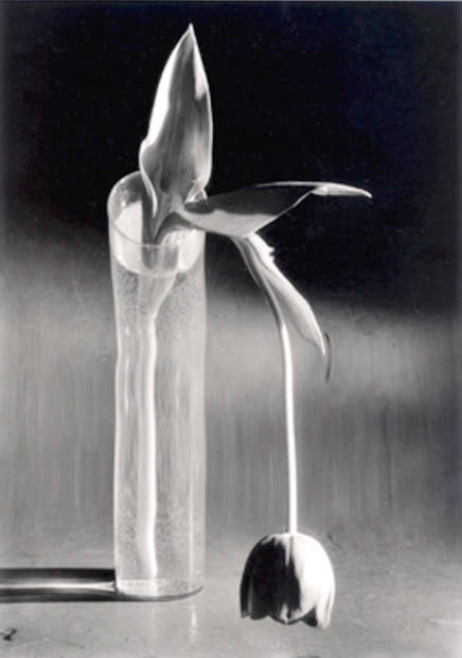
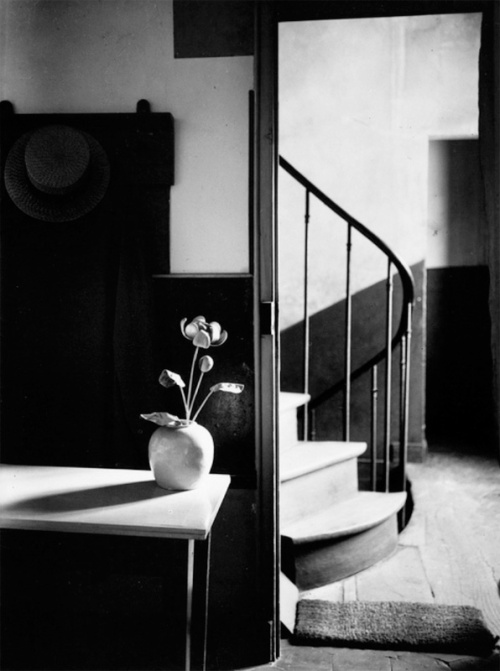

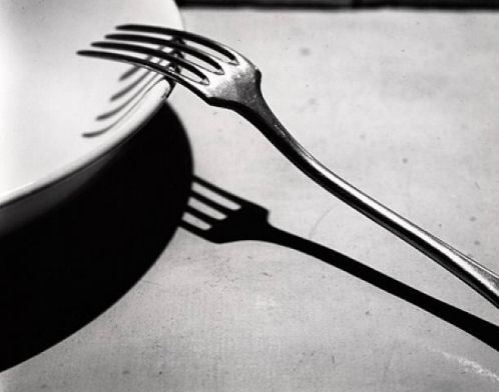

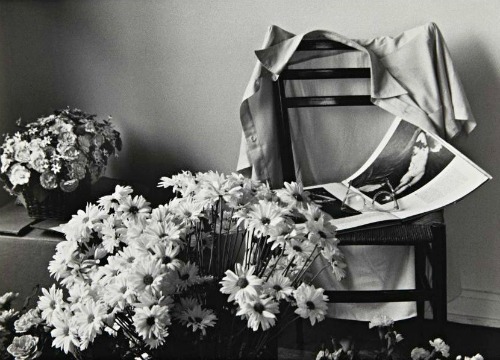
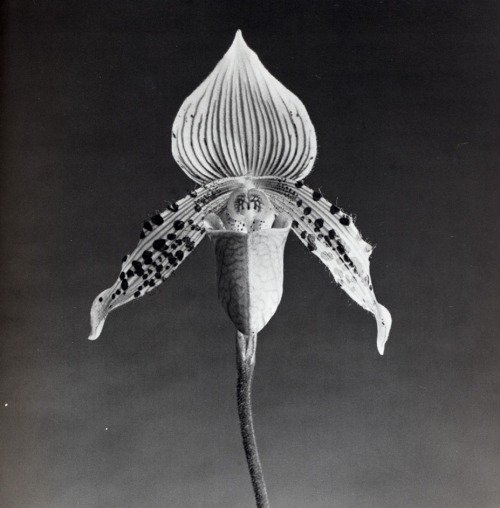

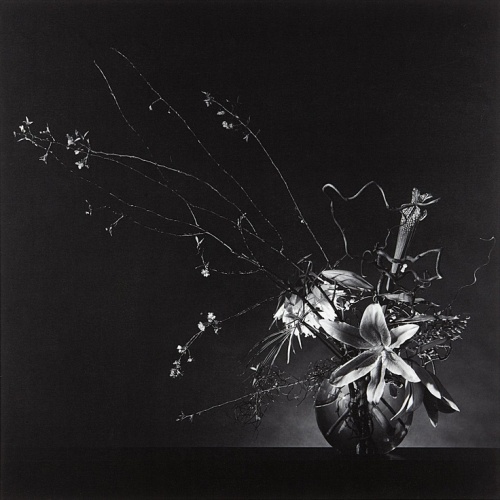

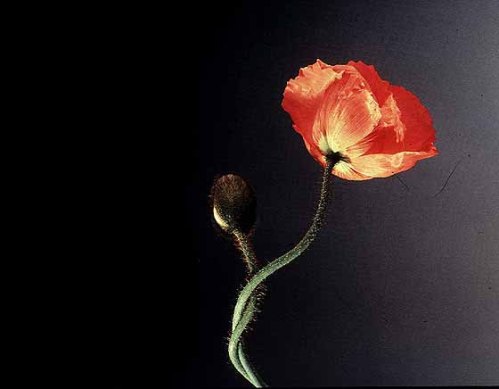
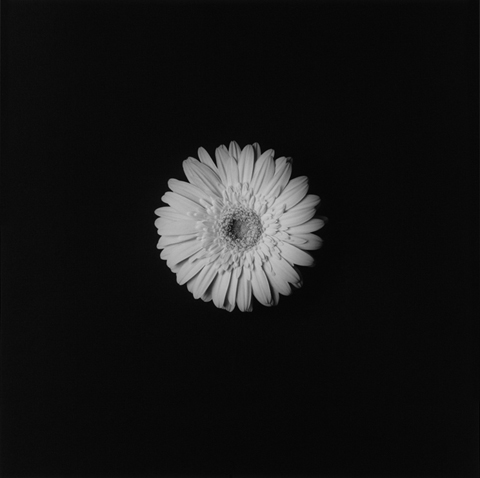
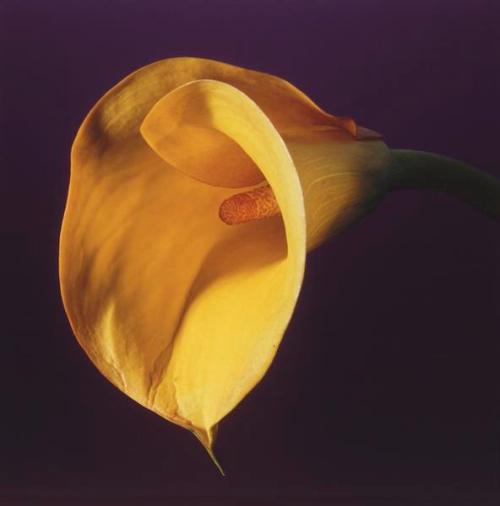
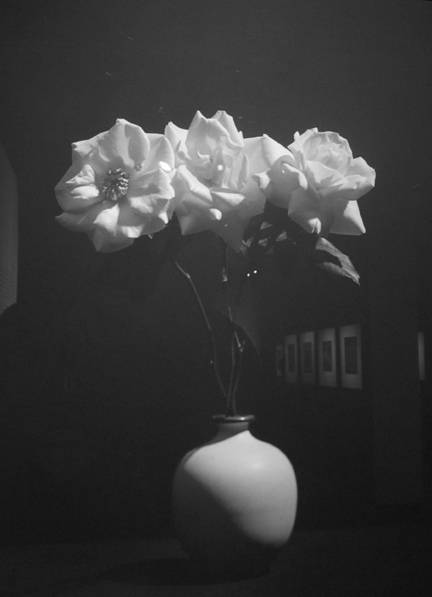
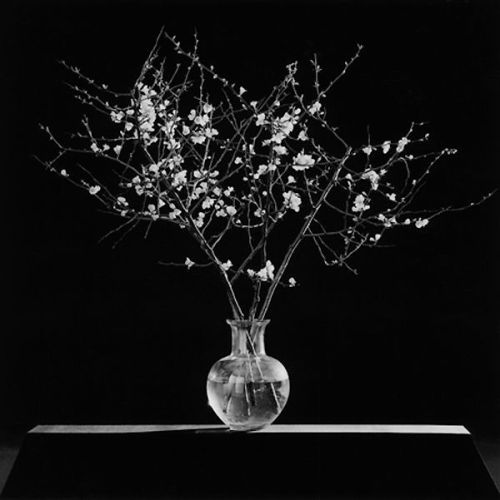
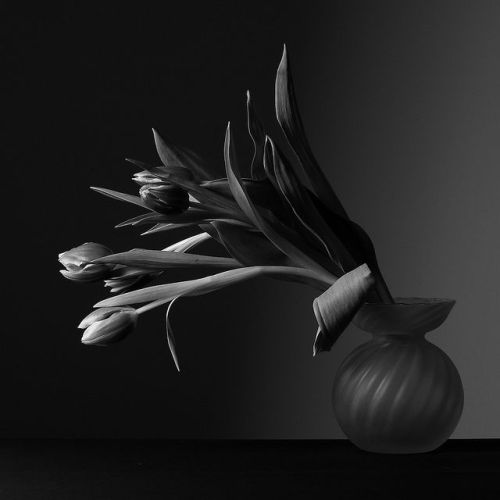
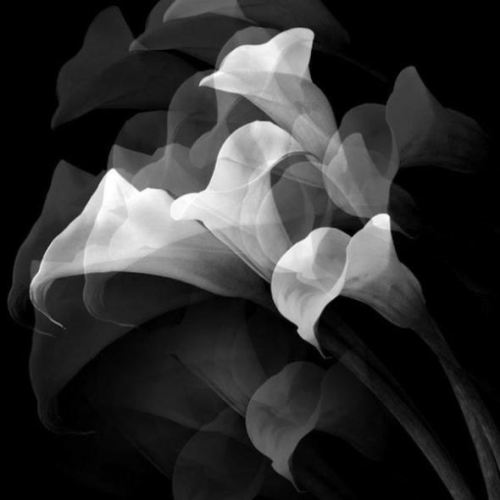
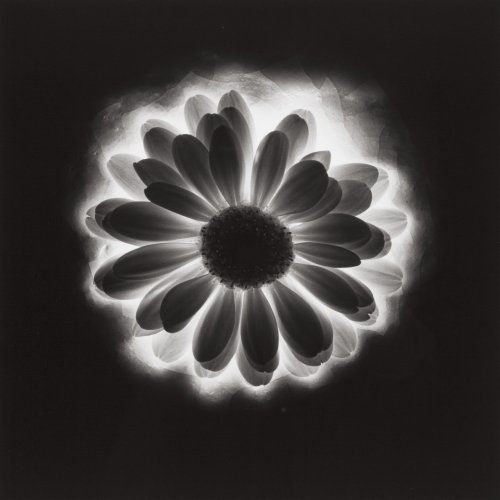

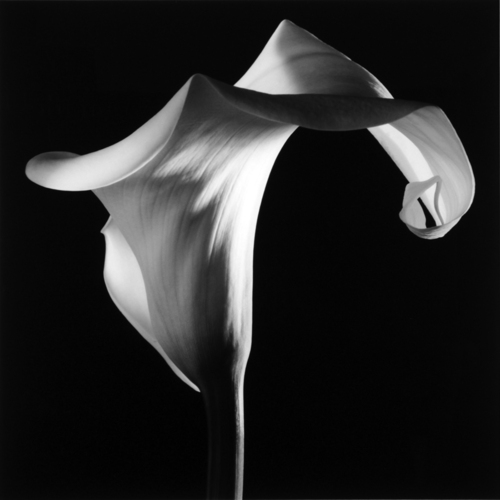

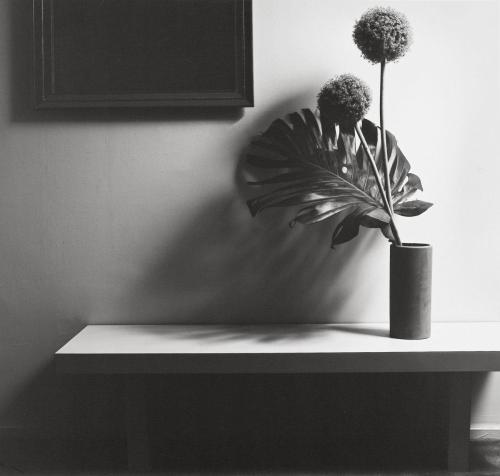


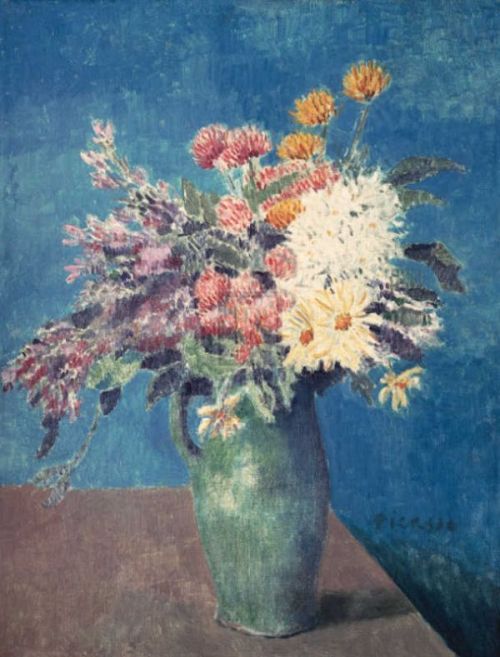
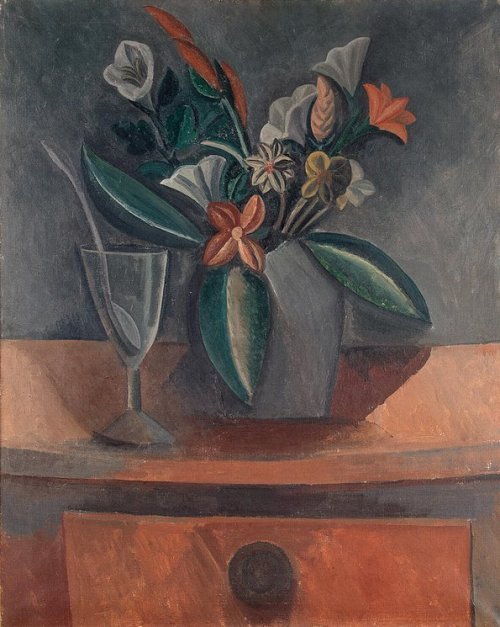
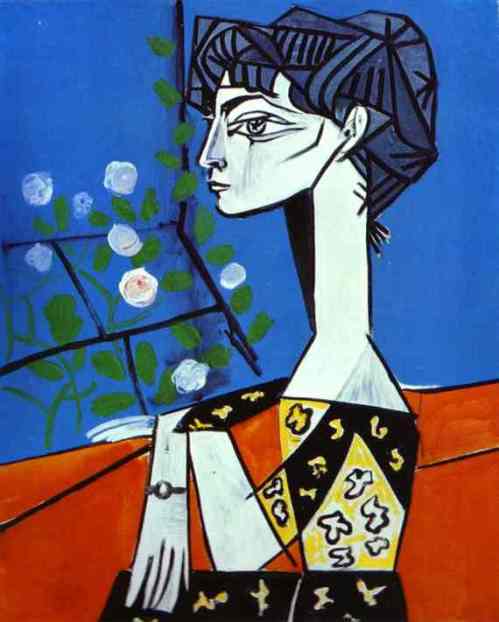

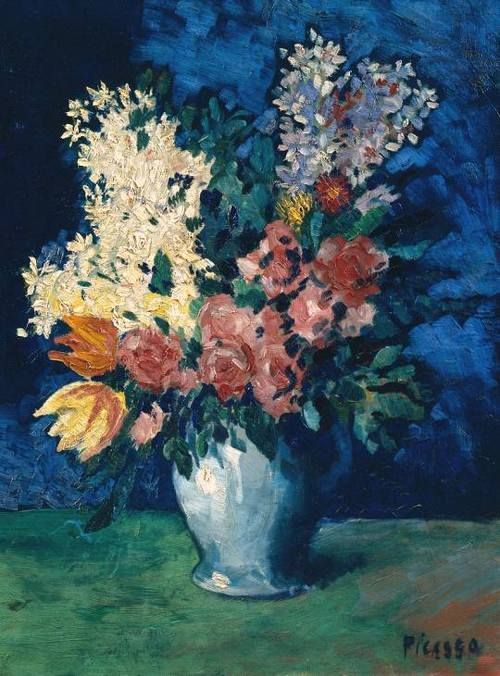
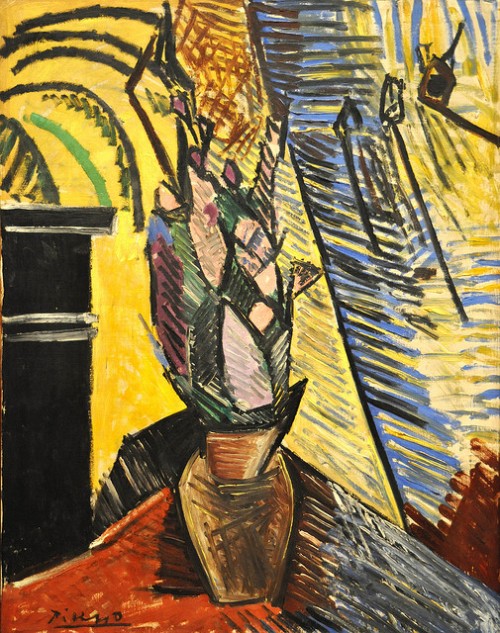
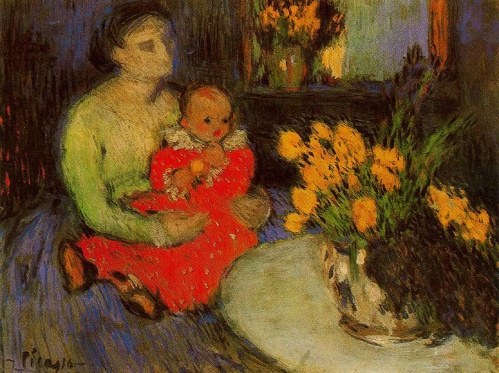
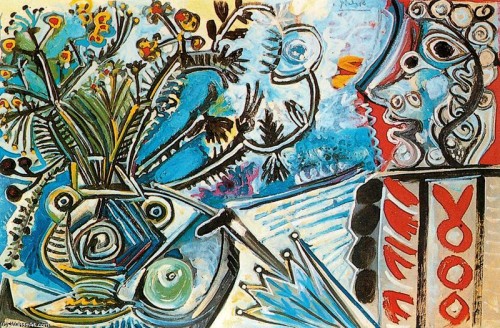
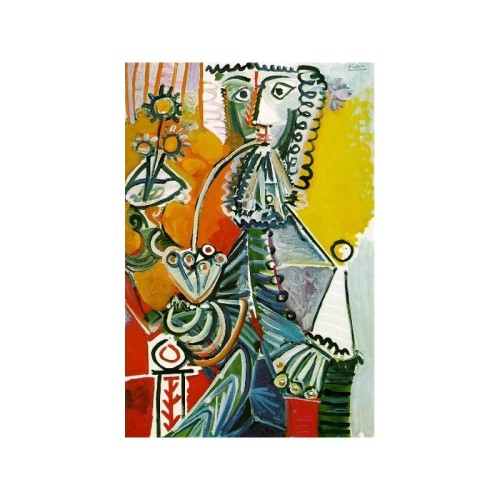


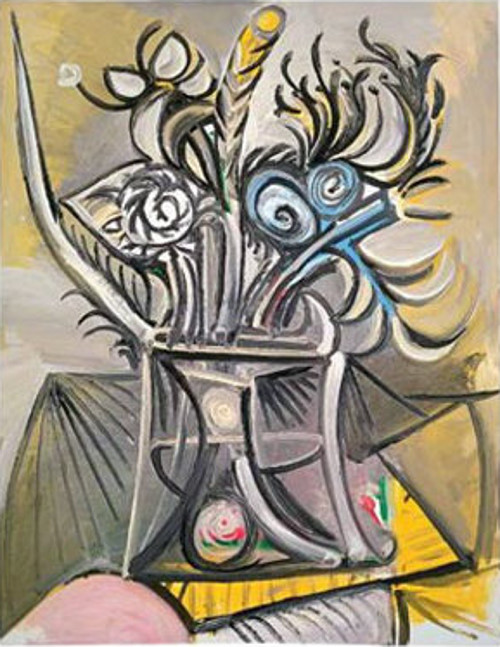
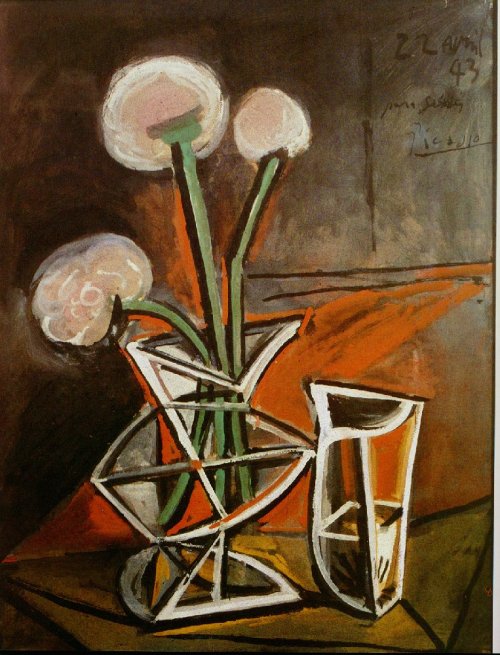
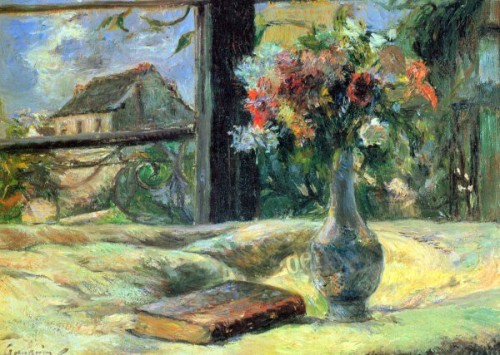
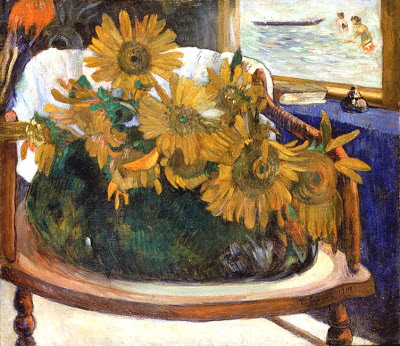
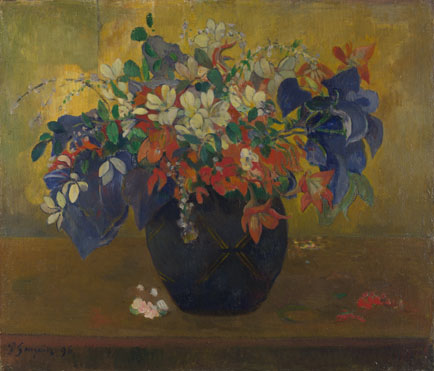
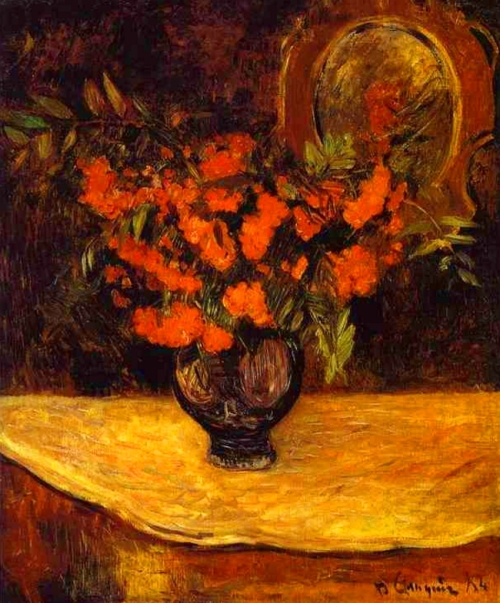
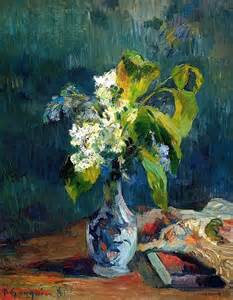

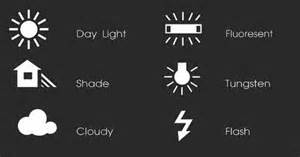

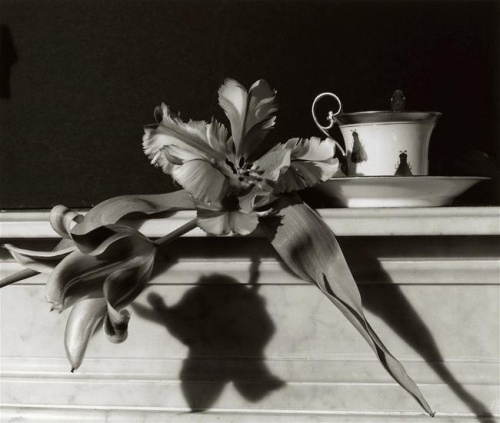

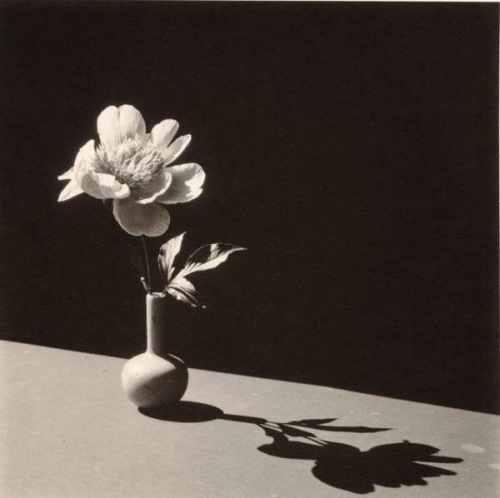
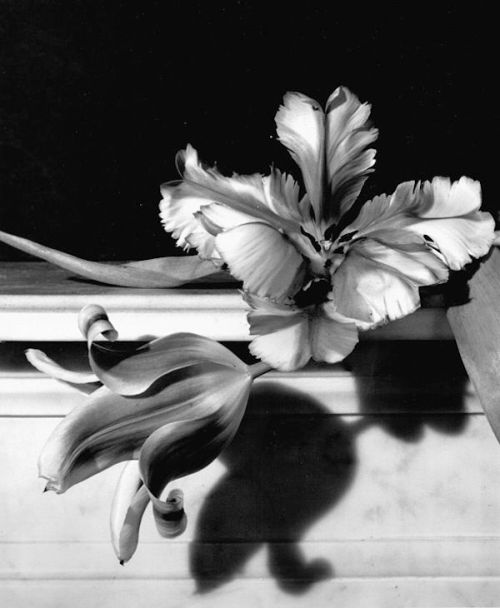
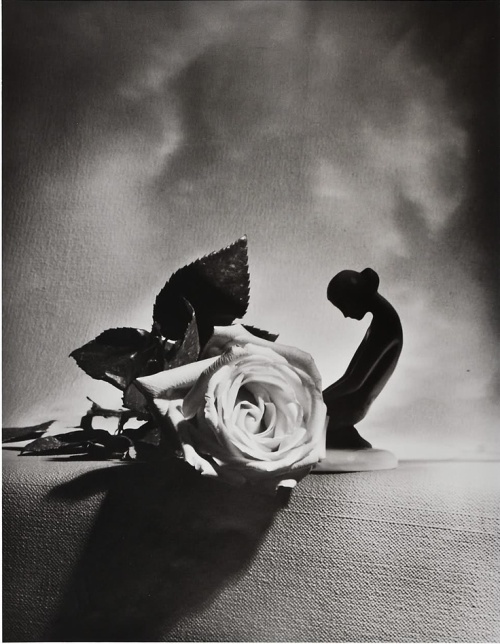

Leave a comment